Spotting Rare Species During Nature Walks
Venturing out into nature offers the thrill of discovering hidden life all around us, especially rare species that often remain mysteries to the casual observer. Nature walks become a gateway to the extraordinary if you know where and how to look. This page explores the practices, knowledge, and experiences that can enhance your chances of encountering rare flora and fauna, turning each outing into a journey of discovery. Whether you’re a seasoned naturalist or a curious beginner, understanding the intricacies of spotting rare species can transform your appreciation for the wild places you visit.
The Art of Observation
Reading the Landscape
Nature communicates in whispers—an unusual rustling in the underbrush, an unexpected flash of color, or a distinctive scent on the air. By learning to interpret these signs, you bring yourself closer to discovering rare species. Far from a simple stroll, reading the landscape involves being aware of micro-habitats, recognizing animal trails, and spotting the subtle differences that can signal the presence of elusive creatures. Each patch of forest, meadow, or wetland holds unique clues, and tuning into these details changes the walk from passive sightseeing to active exploration.
Using All the Senses
To effectively spot rare species, engage more than just your eyesight. Many elusive creatures betray their presence through sound, such as distinct calls or the crunch of leaves underfoot. Scent can also be a guide, especially for plants or in identifying mammal territories. Touching leaves, feeling animal tracks, and even noticing the air’s humidity can hint at who might be nearby. Each sense combined paints a fuller picture and allows you to perceive nature’s hidden stories, making your walk a truly immersive experience.
Patience Pays Off
Patience is a vital virtue when searching for rare species. Wildlife operates on its own schedule, often making rare appearances only to those willing to wait quietly and still. Extended periods of observation in one spot may yield glimpses of secretive animals or blossoming rare plants. By resisting the urge to move on quickly, you give nature the time it needs to reveal its secrets. This disciplined patience can be the difference between a fleeting glimpse and a memorable encounter.
Essential Preparation for Your Walk
Before heading out, familiarize yourself with the rare species known to inhabit the area. This can involve reading local guidebooks, consulting online forums, or connecting with local naturalist groups. Understanding what species might be present and their distinguishing characteristics will help focus your attention and allow you to spot them more effectively. This level of preparation turns a casual walk into a purposeful expedition, heightening the excitement of each find.
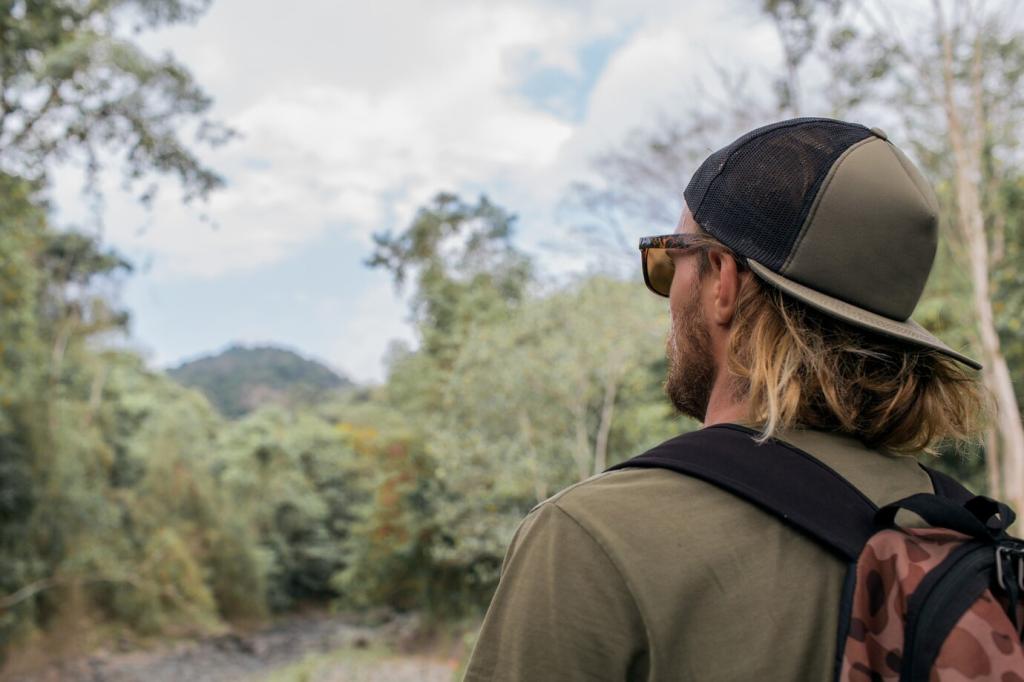
Understanding Habitats and Ecosystems
Many rare species are habitat specialists, requiring particular conditions to thrive. For example, some orchids may only grow in certain soil types, while elusive birds may inhabit dense wetlands. By learning which species favor which environments, you can focus your search on promising areas. Recognizing telltale signs—such as unique vegetation or specific water sources—guides your footsteps toward potential sightings.
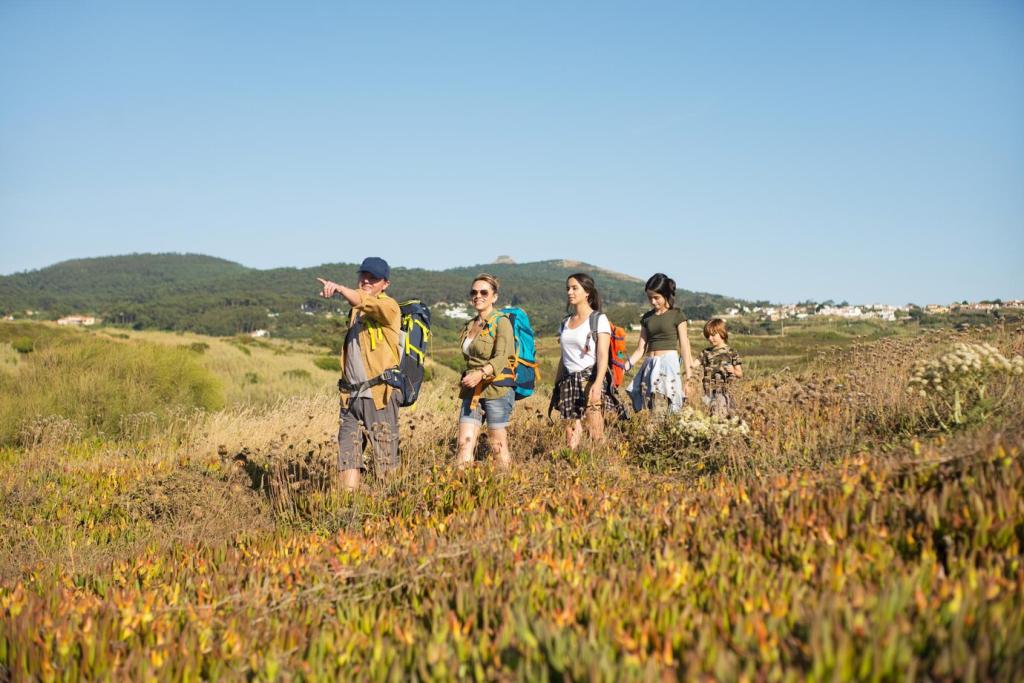
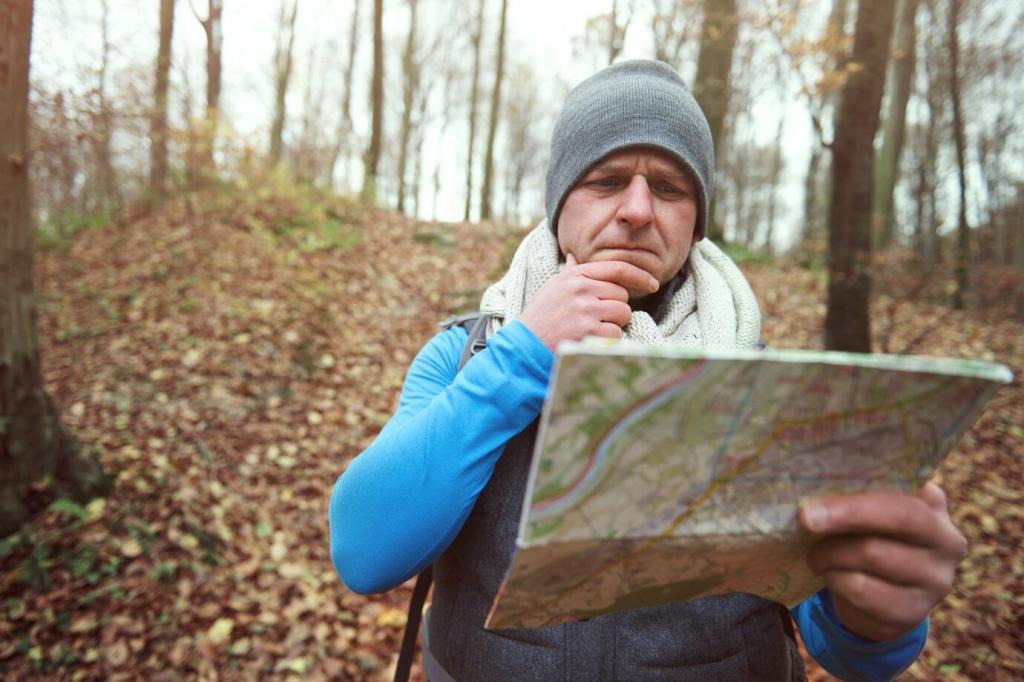
Minimizing Disturbance
Approaching animals quietly, maintaining respectful distances, and staying on marked trails are essential practices. Disturbing rare species can cause stress, interrupt breeding, or even drive them from their habitats. Adopting a low-impact ethos prioritizes the well-being of wildlife and ensures that future observers have the same opportunities for discovery.
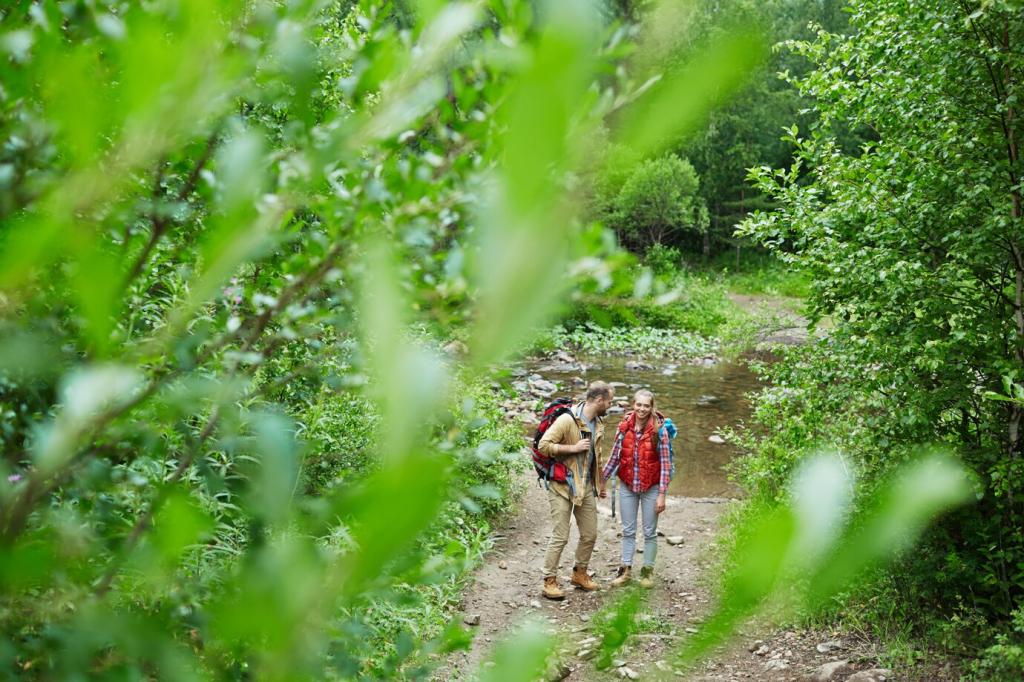
Leave No Trace Principles
Preserving habitats is just as crucial as enjoying them. Carry out everything you bring in, avoid picking plants or removing natural souvenirs, and tread lightly to prevent soil erosion and trampling fragile vegetation. Practicing Leave No Trace principles protects sensitive environments and the rare species that depend on them, leaving them unspoiled for future generations.

Responsible Sharing of Sightings
Excitement about spotting a rare species may lead you to want to share locations online or with friends. However, revealing precise locations can imperil vulnerable species by drawing crowds that may disturb them. Use discretion and follow local guidelines when sharing your experiences, keeping the welfare of wildlife and habitats your top priority.
Tools and Technology for Enhanced Spotting
Printed field guides offer comprehensive identification support, while mobile apps provide instant access to databases, photos, and sounds. Apps can help with real-time recognition, offer citizen science reporting tools, and connect you with communities of fellow enthusiasts. Integrating these resources into your walk ensures you’re never far from expert advice or supportive networks.
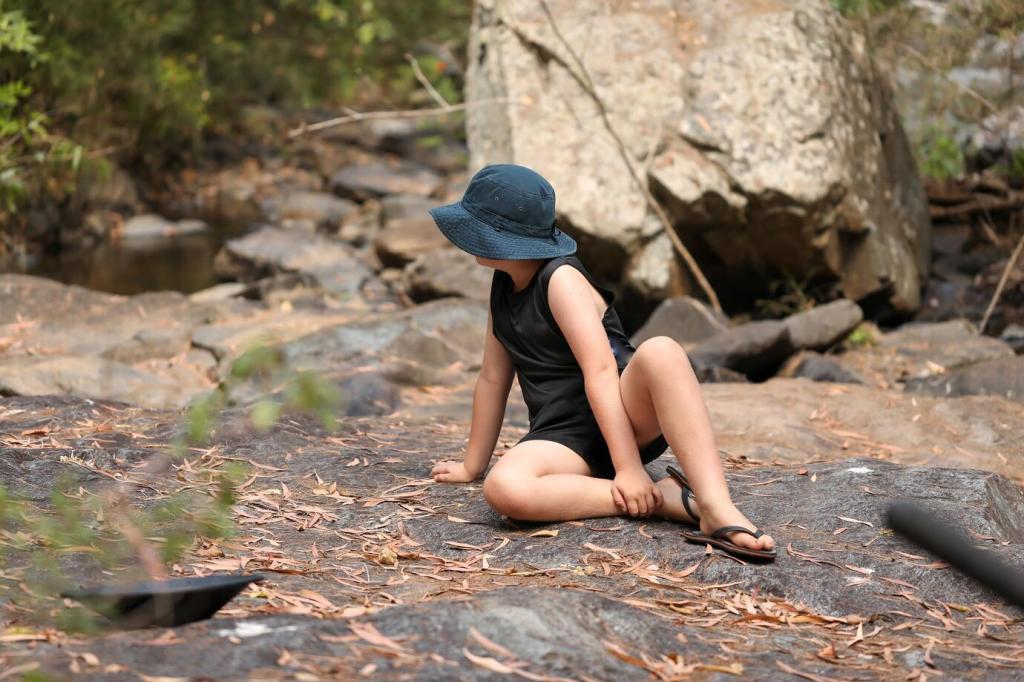
Joining Nature Walk Groups
Benefits of Guided Walks
Professional guides or naturalists bring in-depth familiarity with local species and habitats, increasing your statistical chances of spotting rarities. They can interpret subtle environmental signs and share historical anecdotes, transforming a walk into a dynamic learning experience. Participating in a guided walk often leads to richer discoveries than solo outings.
Building Community Connections
Becoming part of a local nature club or citizen science project connects you with people who share your passion. These relationships foster knowledge exchange, friendship, and even opportunities for collaborative spotting adventures farther afield. Group members often alert each other to rare sightings, creating a supportive culture of discovery.
Safety in Numbers
Nature can be unpredictable, especially when traversing remote or challenging terrain. Walking with a group adds a layer of safety, ensures that someone is always nearby in case of emergencies, and enables collective problem solving. This peace of mind allows all participants to focus on the excitement of seeking out rare species.

